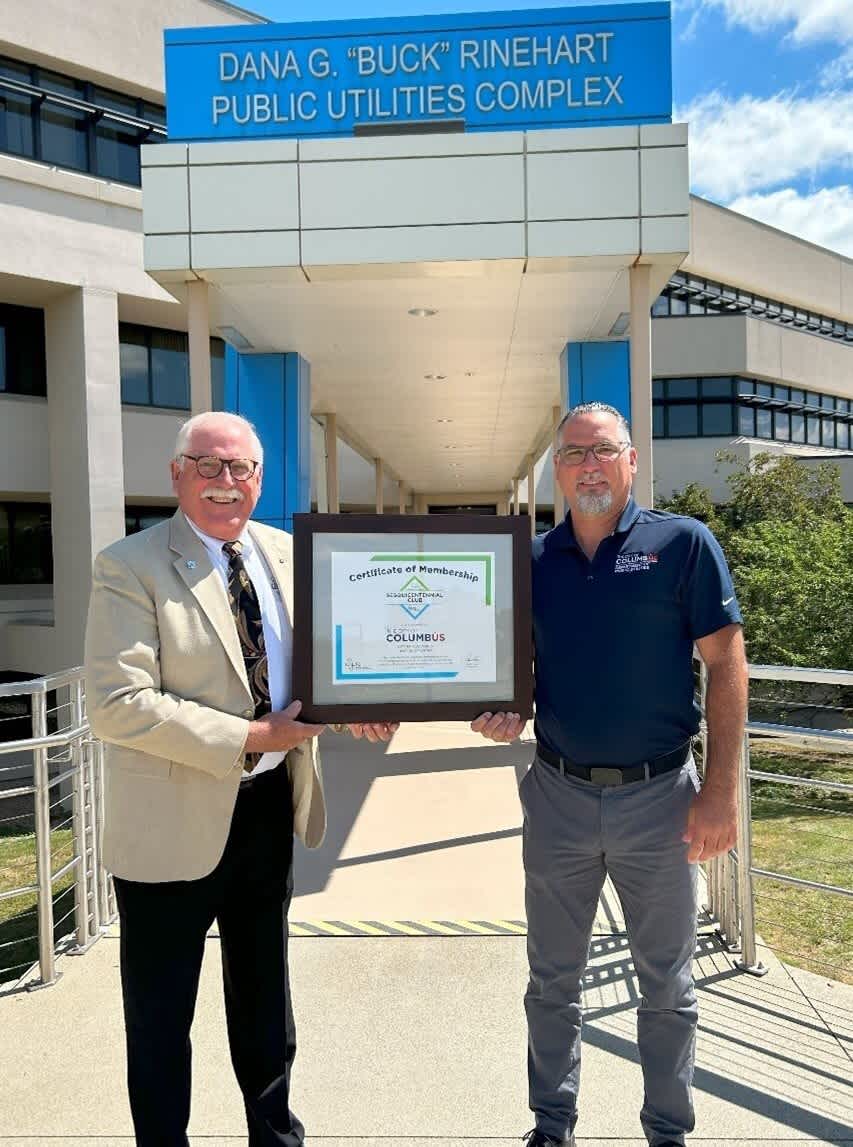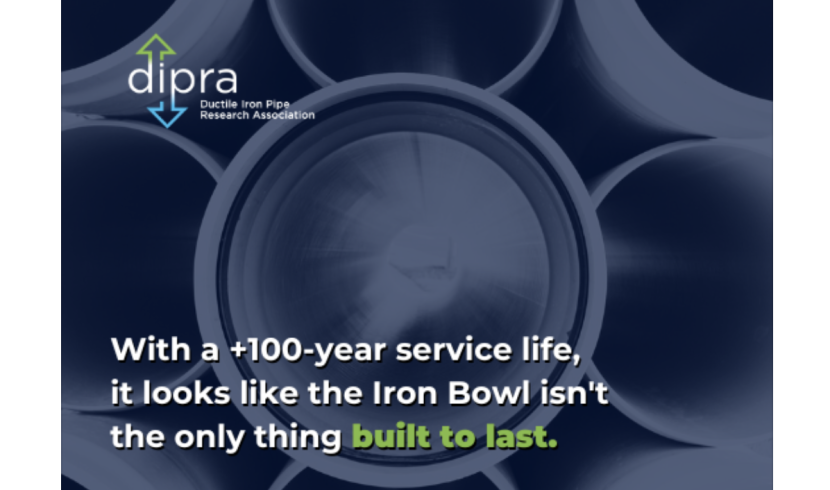
"Now agency scientists will begin to delve further into vinyl chloride to determine what kind of risk the chemical poses to human and environmental health. Vinyl chloride has been a chemical of concern for decades with well-known and documented health risks."
On December 18th, the U.S. Environmental Protection Agency (EPA) , under the Toxic Substance Control Act (TSCA). This announcement is a major step forward in the TSCA process.
The TSCA process has several regulatory and statutory deadlines in three phases. This announcement concludes phase 1 (prioritization) and begins phase 2 (risk assessment). In this phase, EPA will undertake a more comprehensive review of vinyl chloride’s risks. If an “unreasonable risk” is determined, the agency will move to the risk management phase, which will determine what additional restrictions should be imposed.
Now agency scientists will begin to delve further into vinyl chloride to determine what kind of risk the chemical poses to human and environmental health. Vinyl chloride has been a chemical of concern for decades with well-known and documented health risks. According to the , the inhalation of vinyl chloride has been linked to liver cancer and other health problems. Vinyl chloride was first classified as a in 1974, and the federal government has since the use of it in certain consumer products.
Perhaps the most prominent use of vinyl chloride is to manufacture PVC pipes for drinking water systems. There have always been known and unknown risks of using PVC pipes to convey drinking water. PVC pipes are notorious for being fragile, lacking resilience, and having a short, costly lifecycle. Recently, however, more and more questions are being raised about the health and safety risks of PVC pipes.
For example, growing indicates that PVC pipes may be susceptible to thermal degradation with the potential to leach toxins when exposed to high temperatures. There are also growing concerns about the potential for PVC pipes to release microplastics. These are just a few examples of the many questions being raised about the health and environmental risks of PVC pipes throughout their life cycle.
As EPA evaluates the known and unknown risks of vinyl chloride, it is vital that drinking water utilities, water engineers, and other industry professionals consider the potential implications of the agency's forthcoming decisions. For example, if EPA determines that vinyl chloride poses an unreasonable risk to human health, EPA could impose restrictions that directly or indirectly impact the use or availability of PVC pipes. Given EPA’s pending risk assessment and the known and unknown risks to the communities you serve, we advise utility engineers and experts to make sure they have all of the latest information on vinyl chloride.
At DIPRA, we appreciate and understand the thoughtful consideration that goes into water infrastructure investments. DIPRA is proud to stand as a resource for science-based research, including directing professionals to technical information and independent research that delves into the benefits and risks of piping materials. Please do not hesitate to reach out with questions or for more information. You can find contact information for DIPRA’s Regional Engineers , or you can complete the form there and we will have a staff member follow up with you.

David Cole
Ductile Iron Pipe Research Association President





